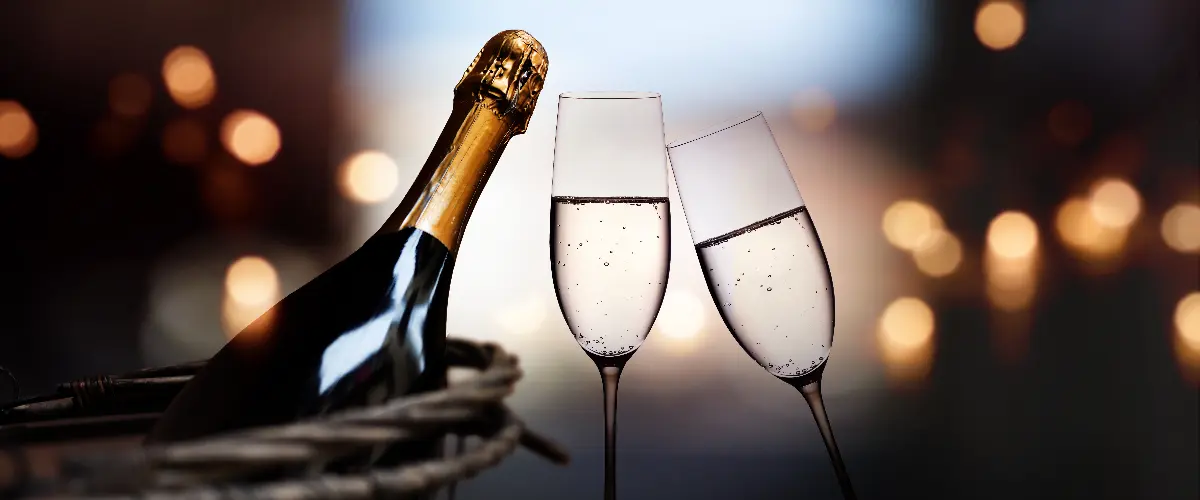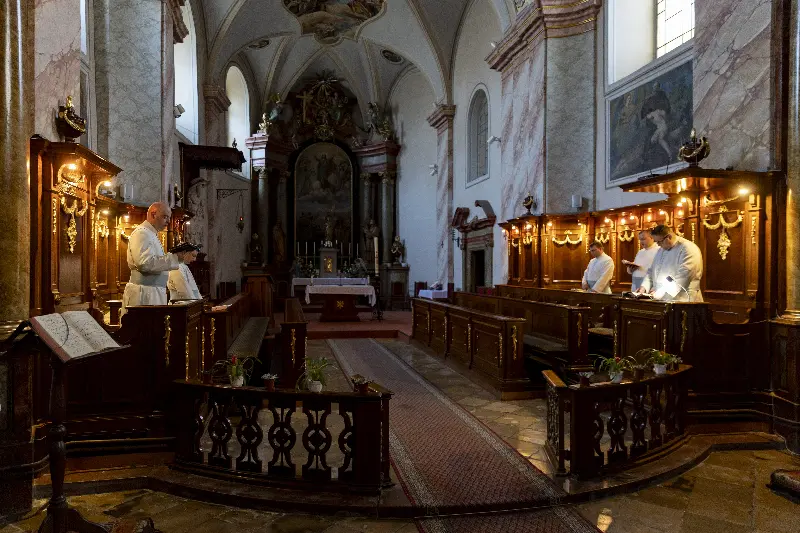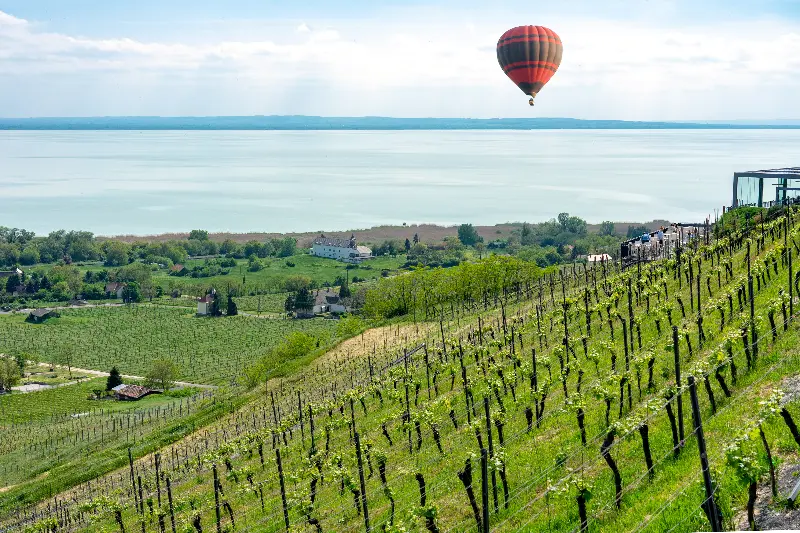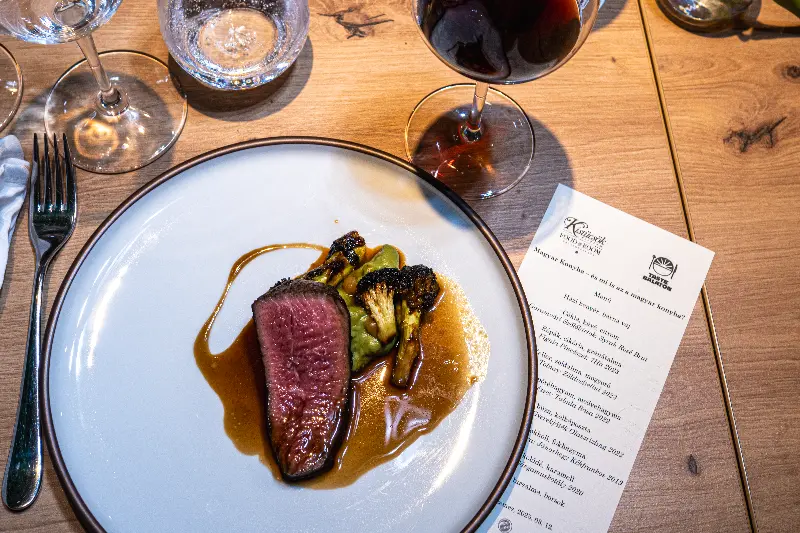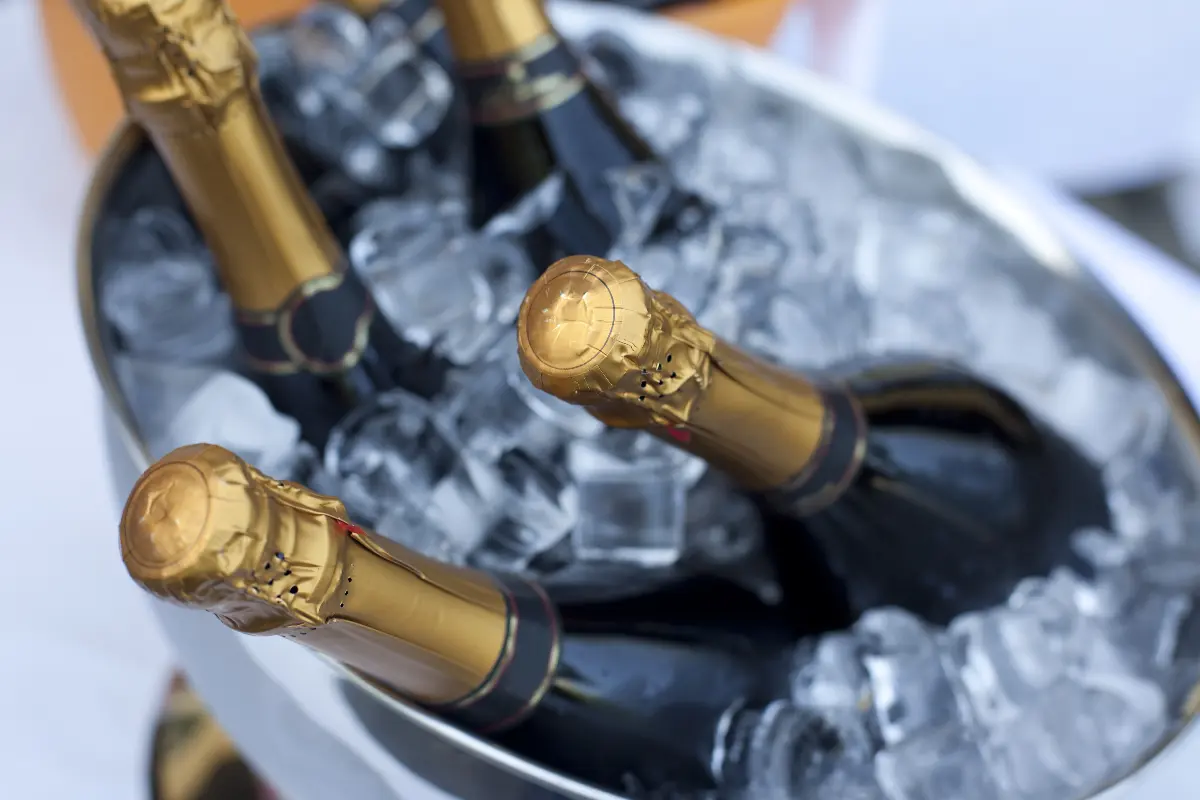
Helyszín címkék:
Where and how is Hungarian champagne made?
Bodrogi Brigitta
In Hungary the king’s captain, a certain Lajos Rosty made the first champagne in Sümeg, at the beginning of 1800s. The captain brought the precious knowledge of making champagne home straight from the region of Champagne where he had served in the military. But we had to wait for the true dawn of champagne production until the 20th century. The rapid development after the millennium stimulated the world of champagne production as well. Several champagne factories came into action at this time, among which Törley was the most famous. Even the international audience was thirsty for the palatable drinks made in the traditional way in the factory. Törley also delivered champagne to Paris and London. The glittering career of the top quality bubbly was given the axe by Trianon, then socialism delivered the “coup de grace” with industrial champagne. Luckily, after the regime change champagne production slowly got its act together so today we can choose from several high quality Hungarian champagnes. Moreover, in 2021 a Hungarian champagne, Hungaria Rosé Extra Dry was awarded a gold medal at the Champagne and Sparkling Wine World Championships, and it was selected for the Top 15 champagnes of the world.
We may thank count István Széchenyi for the word ‘pezsgő’, who first referred to French champagne as pezsgő in his work, ‘Hitel’ (Credit).
What does ‘traditional method’ mean in champagne production, anyway?
Making champagne is a real art, the centre of which is Etyek in Hungary. From the aspect of drinks, there are many important factors such as the local climate, the conditions for viticulture or the angle of the bottles during fermentation. During traditional production method, first the acidic base wine is produced in which meticulous attention is focused on avoiding oxidation, and obtaining high acidity and low alcohol content. After adding champagne yeast and sugar to the wine, the second fermentation begins in the method of Méthode traditionelle, in bottles (not in barrels!). The result of the process — the yeast bacteria eat up sugar — the wine yields carbon dioxide, so it effervesces in a natural way. The wine must mature for at least 9 months but this can be even several years. The dead yeast called lees is slowly consolidated for removal by shaking the bottles and increasing their angle, then disgorgement is carried out and finally the sweetness level of champagne is adjusted. Voilà, It is done!
What can we expect from Hungarian champagnes?
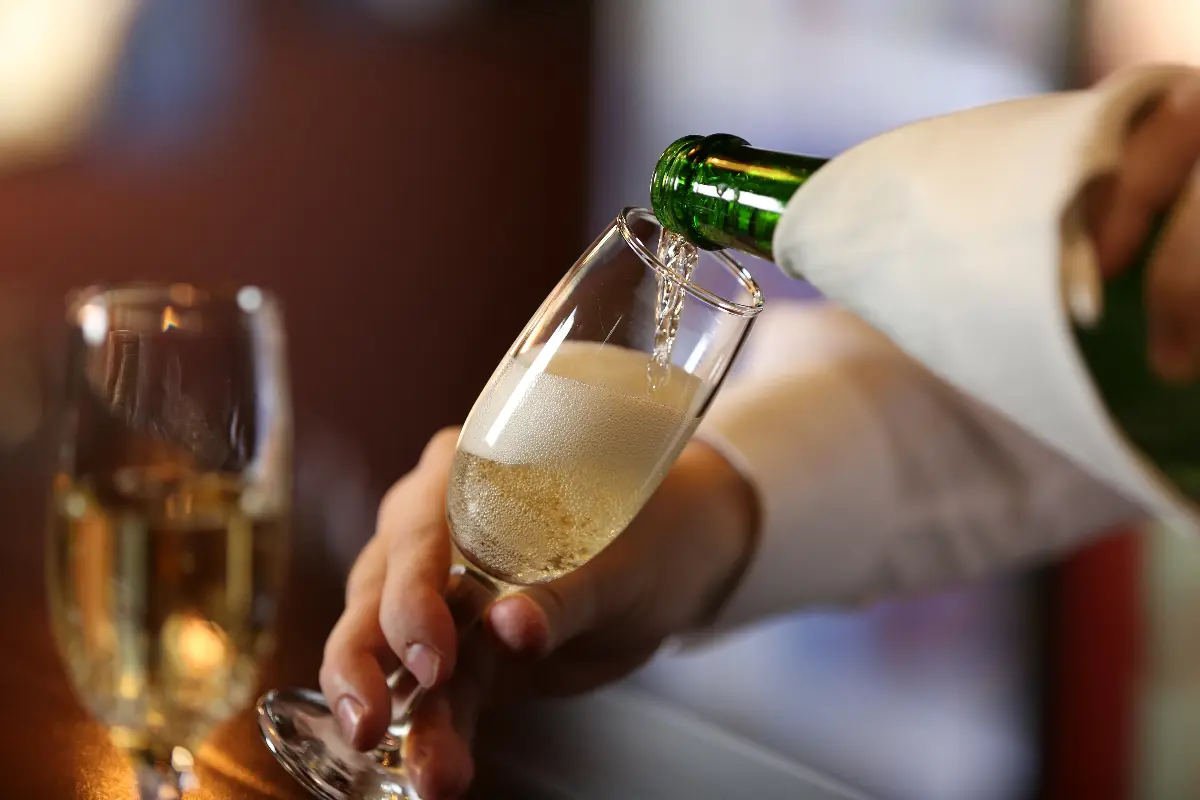
There are many of us who love Hungarian wines, but the question arises as to what Hungarian champagnes can offer. Well, it is a fact that it’s impossible for Etyek champagne to achieve flavour equivalent to that in Champagne, just as it would be impossible to make Tokaji aszú in Champagne. The speciality of Hungarian champagne made here is that the characteristics of biscuit, brioche are less dominant, meanwhile there are so many varieties on the shelves that you can easily choose according to your taste.



